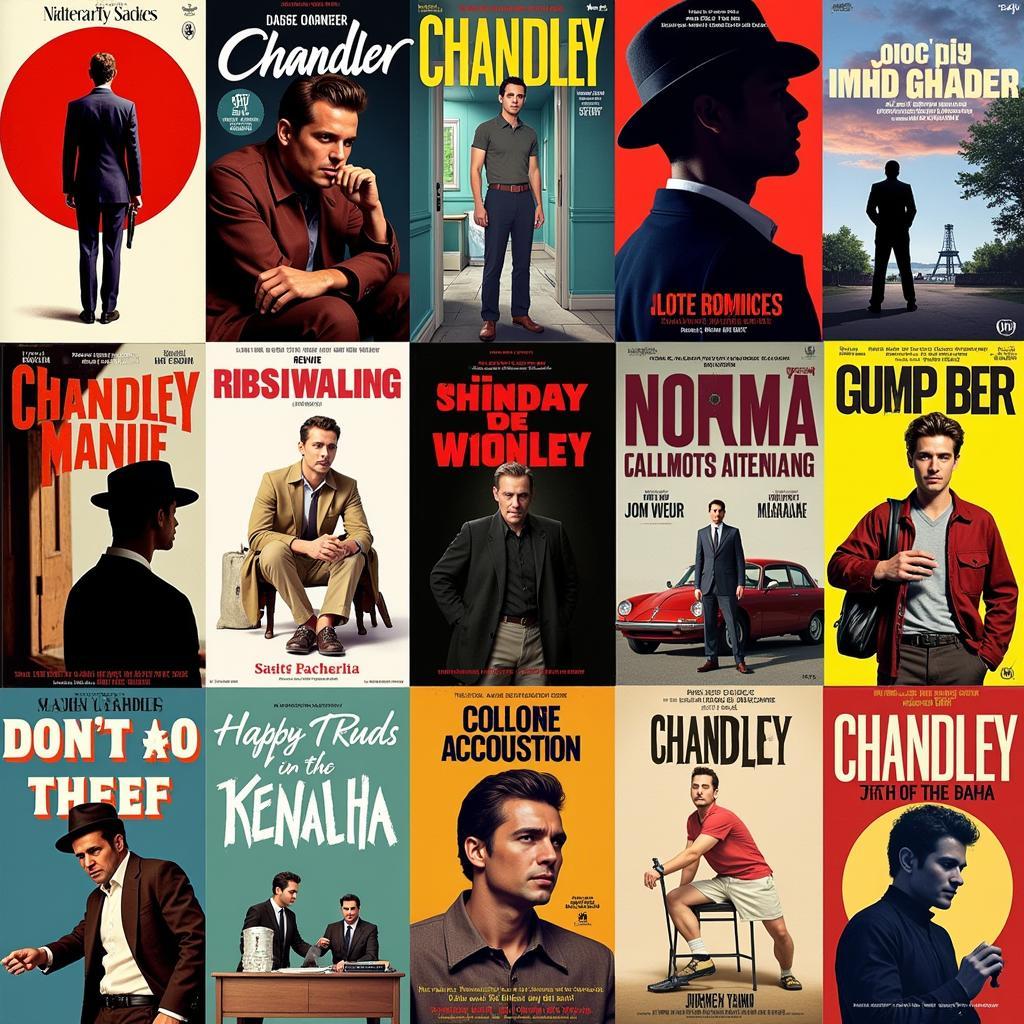Unraveling the “Simple Art of Murder”: Raymond Chandler’s Enduring Legacy
Raymond Chandler’s essay, “The Simple Art of Murder,” stands as a pivotal work in the realm of crime fiction. Published in 1944, the essay transcends a mere critique of the genre; it’s a manifesto, a declaration of Chandler’s vision for hard-boiled detective fiction and its potential for literary merit. This essay delves into the core themes of “The Simple Art of Murder,” exploring Chandler’s perspective on the genre, his iconic protagonist Philip Marlowe, and the enduring impact of his work on crime fiction and beyond.
The Dawn of Hard-Boiled: A Genre Redefined
Chandler’s essay emerged during a transformative period for crime fiction. The pulps, cheap magazines that fed the public’s appetite for thrilling stories, were filled with formulaic narratives and two-dimensional characters. Chandler, however, envisioned something more. He yearned for realism, for characters with depth and flaws navigating the shadowy underbelly of society. In “The Simple Art of Murder,” he famously declares that the detective novel should be “realistic about his characters and background,” a stark contrast to the escapist fantasies often found in the genre.
 Raymond Chandler and Philip Marlowe
Raymond Chandler and Philip Marlowe
Philip Marlowe: The Tarnished Knight of the Mean Streets
Central to Chandler’s vision was the creation of a new kind of detective: Philip Marlowe. Unlike the aloof, intellectual sleuths of classic detective fiction, Marlowe is a man of the streets. He’s cynical yet compassionate, world-weary yet possessing an unwavering moral compass. In “The Simple Art of Murder,” Chandler famously describes Marlowe as “a man of honor, by instinct, by inevitability, without thought of it, and certainly without saying so.” This paradoxical nature, this inherent decency amidst the corruption he confronts, is what makes Marlowe such a compelling and enduring character.
The Mean Streets of Los Angeles: A Character in Itself
Chandler’s portrayal of Los Angeles in the 1930s and 40s is as integral to his work as Marlowe himself. The city, with its sprawling urban landscape, corrupt officials, and glamorous yet dangerous inhabitants, becomes a microcosm of the moral ambiguities of the era. Chandler paints a vivid picture of the city’s underbelly, capturing the grit, the glamour, and the pervasive sense of unease that permeates his stories. “The Simple Art of Murder” emphasizes the importance of setting, arguing that the detective novel should be “a novel of the time, a historical novel if you like.”
Echoes of Chandler: A Lasting Legacy
The impact of “The Simple Art of Murder” and Chandler’s work as a whole on crime fiction is immeasurable. He elevated the genre, proving that it could be a vehicle for social commentary, psychological depth, and literary artistry. His influence can be seen in the works of countless writers who followed, from Ross Macdonald and Robert B. Parker to contemporary authors like Michael Connelly and Dennis Lehane.
 The Enduring Influence of Raymond Chandler
The Enduring Influence of Raymond Chandler
Conclusion: A Timeless Exploration of Good and Evil
Raymond Chandler’s “The Simple Art of Murder” remains a cornerstone of crime fiction. More than a guide to writing detective stories, it’s a meditation on good and evil, justice and corruption, and the enduring allure of the antihero. Chandler’s vision, as articulated in this seminal essay, continues to resonate with readers and writers alike, solidifying his place as a true master of the genre.





